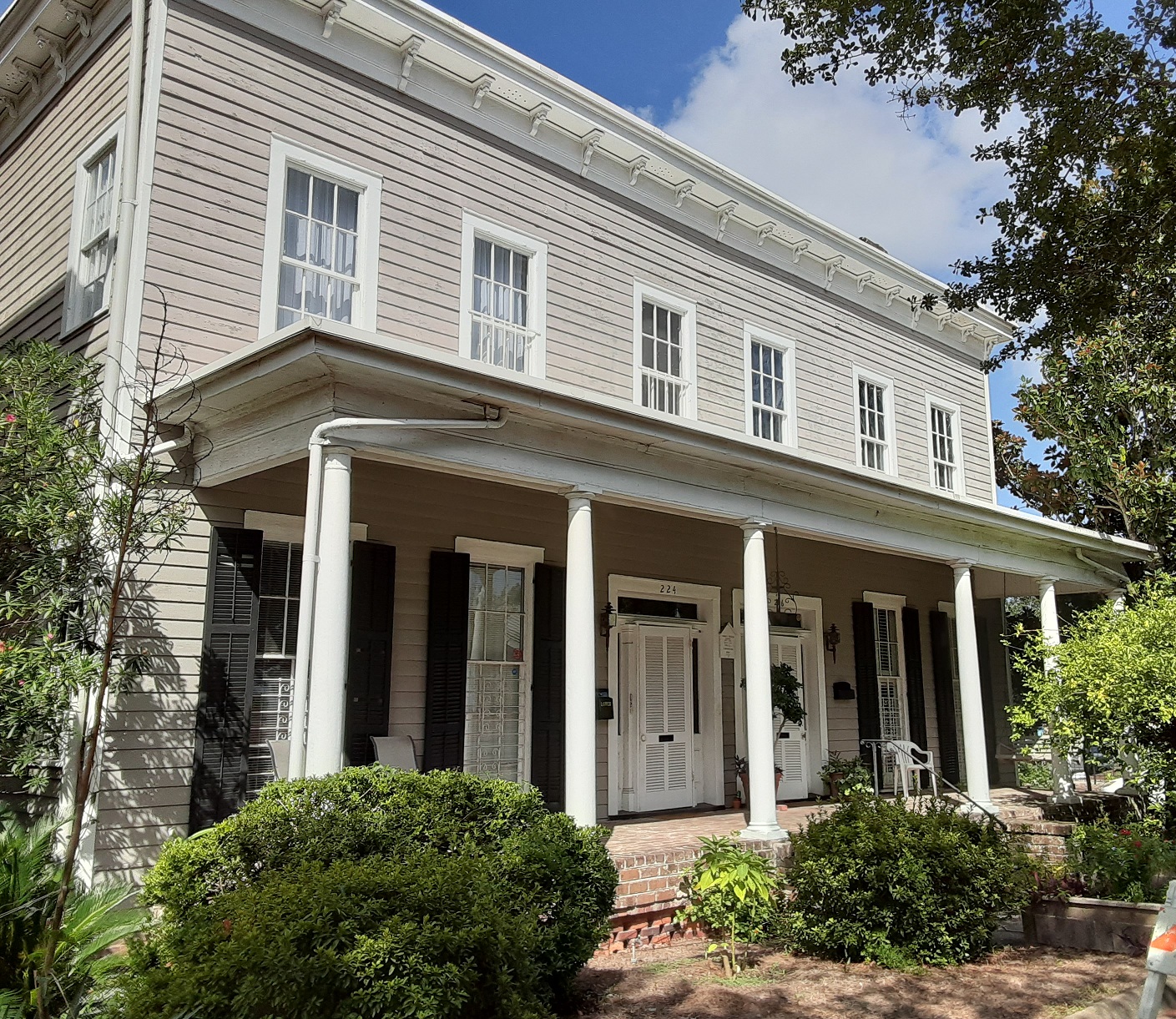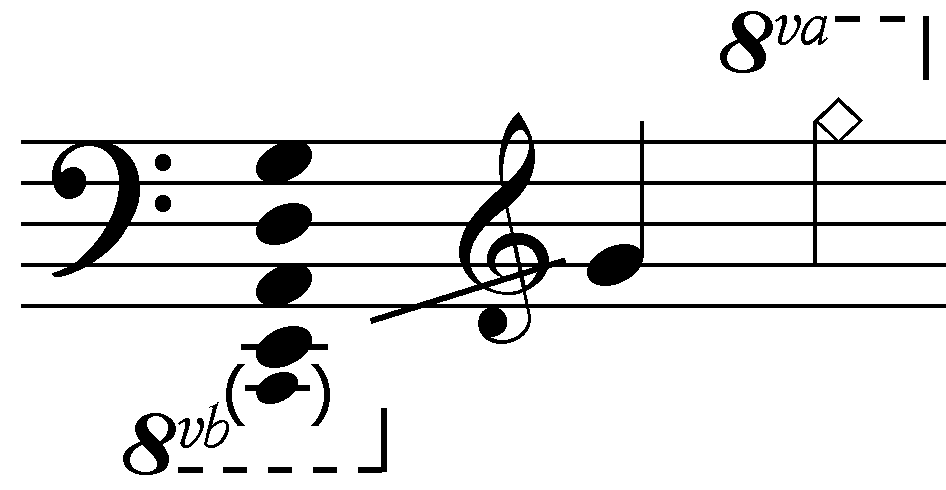|
Remembering The Moment
''Remembering the Moment'' is a live album by David Friesen, Eddie Moore, Jim Pepper, Julian Priester and Mal Waldron recorded in Portland, Oregon in 1987 and released on the Italian Soul Note label.Mal Waldron discography accessed March 9, 2011 Reception The review by awarded the album 4 stars stating "An all-star quintet really gets an opportunity to stretch out on this date... Although there are not many explosive moments and few surprises, the playing is at a consistently high level, particularly when one considers ...[...More Info...] [...Related Items...] OR: [Wikipedia] [Google] [Baidu] |
David Friesen
David Friesen (born May 6, 1942 in Tacoma, Washington) is an American jazz bassist. He plays double bass and electric upright bass. Career Friesen began playing bass while serving in the United States Army in Germany. He played with John Handy and Marian McPartland and following this, with Joe Henderson; in 1975, he toured in Europe with Billy Harper. His first album as a session leader appeared that year. In 1976, he began collaborating with guitarist John Stowell; the pair would work together often. He appeared with Ted Curson at the Monterey Jazz Festival in 1977. Following this, he worked with Ricky Ford, Duke Jordan, Mal Waldron, and Paul Horn. His 1989 album ''Other Times, Other Places'' reached No. 11 on the U.S. ''Billboard'' Top Jazz Albums chart. He has also played with Chick Corea, Michael Brecker, Stan Getz, Dexter Gordon, Kenny Garrett, Dizzy Gillespie, and Mal Waldron. Personal life He is the younger brother of actress Dyan Cannon, and the uncle of actress ... [...More Info...] [...Related Items...] OR: [Wikipedia] [Google] [Baidu] |
Johnny Mercer
John Herndon Mercer (November 18, 1909 – June 25, 1976) was an American lyricist, songwriter, and singer, as well as a record label executive who co-founded Capitol Records with music industry businessmen Buddy DeSylva and Glenn E. Wallichs. He is best known as a Tin Pan Alley lyricist, but he also composed music, and was a popular singer who recorded his own songs as well as songs written by others from the mid-1930s through the mid-1950s. Mercer's songs were among the most successful hits of the time, including "Moon River", " Days of Wine and Roses", " Autumn Leaves", and " Hooray for Hollywood". He wrote the lyrics to more than 1,500 songs, including compositions for movies and Broadway shows. He received nineteen Oscar nominations, and won four Best Original Song Oscars. Early life Mercer was born in Savannah, Georgia, where one of his first jobs, aged 10, was sweeping floors at the original 1919 location of Leopold's Ice Cream. [...More Info...] [...Related Items...] OR: [Wikipedia] [Google] [Baidu] |
1994 Live Albums
File:1994 Events Collage.png, From left, clockwise: The 1994 Winter Olympics are held in Lillehammer, Norway; The Kaiser Permanente building after the 1994 Northridge earthquake; A model of the MS Estonia, which sank in the Baltic Sea; Nelson Mandela casts his vote in the 1994 South African general election, in which he was elected South Africa's first president, and which effectively brought Apartheid to an end; NAFTA, which was signed in 1992, comes into effect in Canada, the United States, and Mexico; The first passenger rail service to utilize the newly-opened Channel tunnel; The 1994 FIFA World Cup is held in the United States; Skulls from the Rwandan genocide, in which over half a million Tutsi people were massacred by Hutus., 300x300px, thumb rect 0 0 200 200 1994 Winter Olympics rect 200 0 400 200 Northridge earthquake rect 400 0 600 200 Sinking of the MS Estonia rect 0 200 300 400 Rwandan genocide rect 300 200 600 400 Nelson Mandela rect 0 400 200 600 1994 ... [...More Info...] [...Related Items...] OR: [Wikipedia] [Google] [Baidu] |
Piano
The piano is a stringed keyboard instrument in which the strings are struck by wooden hammers that are coated with a softer material (modern hammers are covered with dense wool felt; some early pianos used leather). It is played using a musical keyboard, keyboard, which is a row of keys (small levers) that the performer presses down or strikes with the fingers and thumbs of both hands to cause the hammers to strike the strings. It was invented in Italy by Bartolomeo Cristofori around the year 1700. Description The word "piano" is a shortened form of ''pianoforte'', the Italian term for the early 1700s versions of the instrument, which in turn derives from ''clavicembalo col piano e forte'' (key cimbalom with quiet and loud)Pollens (1995, 238) and ''fortepiano''. The Italian musical terms ''piano'' and ''forte'' indicate "soft" and "loud" respectively, in this context referring to the variations in volume (i.e., loudness) produced in response to a pianist's touch or pressure on ... [...More Info...] [...Related Items...] OR: [Wikipedia] [Google] [Baidu] |
Trombone
The trombone (german: Posaune, Italian, French: ''trombone'') is a musical instrument in the brass family. As with all brass instruments, sound is produced when the player's vibrating lips cause the air column inside the instrument to vibrate. Nearly all trombones use a telescoping slide mechanism to alter the pitch instead of the valves used by other brass instruments. The valve trombone is an exception, using three valves similar to those on a trumpet, and the superbone has valves and a slide. The word "trombone" derives from Italian ''tromba'' (trumpet) and ''-one'' (a suffix meaning "large"), so the name means "large trumpet". The trombone has a predominantly cylindrical bore like the trumpet, in contrast to the more conical brass instruments like the cornet, the euphonium, and the French horn. The most frequently encountered trombones are the tenor trombone and bass trombone. These are treated as non-transposing instruments, reading at concert pitch in bass cl ... [...More Info...] [...Related Items...] OR: [Wikipedia] [Google] [Baidu] |
Saxophone
The saxophone (often referred to colloquially as the sax) is a type of Single-reed instrument, single-reed woodwind instrument with a conical body, usually made of brass. As with all single-reed instruments, sound is produced when a reed (mouthpiece), reed on a Mouthpiece (woodwind), mouthpiece vibrates to produce a sound wave inside the instrument's body. The Pitch (music), pitch is controlled by opening and closing holes in the body to change the effective length of the tube. The holes are closed by leather pads attached to keys operated by the player. Saxophones are made in various sizes and are almost always treated as transposing instruments. Saxophone players are called ''wikt:saxophonist, saxophonists''. The saxophone is used in a wide range of musical styles including classical music (such as concert bands, chamber music, List of concert works for saxophone, solo repertoire, and occasionally orchestras), military bands, marching bands, jazz (such as big bands and jazz comb ... [...More Info...] [...Related Items...] OR: [Wikipedia] [Google] [Baidu] |
Tenor Saxophone
The tenor saxophone is a medium-sized member of the saxophone family, a group of instruments invented by Adolphe Sax in the 1840s. The tenor and the alto are the two most commonly used saxophones. The tenor is pitched in the key of B (while the alto is pitched in the key of E), and written as a transposing instrument in the treble clef, sounding an octave and a major second lower than the written pitch. Modern tenor saxophones which have a high F key have a range from A2 to E5 (concert) and are therefore pitched one octave below the soprano saxophone. People who play the tenor saxophone are known as "tenor saxophonists", "tenor sax players", or "saxophonists". The tenor saxophone uses a larger mouthpiece, reed and ligature than the alto and soprano saxophones. Visually, it is easily distinguished by the curve in its neck, or its crook, near the mouthpiece. The alto saxophone lacks this and its neck goes straight to the mouthpiece. The tenor saxophone is most recognize ... [...More Info...] [...Related Items...] OR: [Wikipedia] [Google] [Baidu] |
Drum Kit
A drum kit (also called a drum set, trap set, or simply drums) is a collection of drums, cymbals, and other auxiliary percussion instruments set up to be played by one person. The player (drummer) typically holds a pair of matching drumsticks, one in each hand, and uses their feet to operate a foot-controlled hi-hat and bass drum pedal. A standard kit may contain: * A snare drum, mounted on a stand * A bass drum, played with a beater moved by a foot-operated pedal * One or more tom-toms, including rack toms and/or floor toms * One or more cymbals, including a ride cymbal and crash cymbal * Hi-hat cymbals, a pair of cymbals that can be manipulated by a foot-operated pedal The drum kit is a part of the standard rhythm section and is used in many types of popular and traditional music styles, ranging from rock and pop to blues and jazz. __TOC__ History Early development Before the development of the drum set, drums and cymbals used in military and orchestral mu ... [...More Info...] [...Related Items...] OR: [Wikipedia] [Google] [Baidu] |
Double Bass
The double bass (), also known simply as the bass () (or #Terminology, by other names), is the largest and lowest-pitched Bow (music), bowed (or plucked) string instrument in the modern orchestra, symphony orchestra (excluding unorthodox additions such as the octobass). Similar in structure to the cello, it has four, although occasionally five, strings. The bass is a standard member of the orchestra's string section, along with violins, viola, and cello, ''The Orchestra: A User's Manual'' , Andrew Hugill with the Philharmonia Orchestra as well as the concert band, and is featured in Double bass concerto, concertos, solo, and chamber music in European classical music, Western classical music.Alfred Planyavsky [...More Info...] [...Related Items...] OR: [Wikipedia] [Google] [Baidu] |
Miles Davis
Miles Dewey Davis III (May 26, 1926September 28, 1991) was an American trumpeter, bandleader, and composer. He is among the most influential and acclaimed figures in the history of jazz and 20th-century music. Davis adopted a variety of musical directions in a five-decade career that kept him at the forefront of many major stylistic developments in jazz. Born in Alton, Illinois, and raised in East St. Louis, Davis left to study at Juilliard in New York City, before dropping out and making his professional debut as a member of saxophonist Charlie Parker's bebop quintet from 1944 to 1948. Shortly after, he recorded the '' Birth of the Cool'' sessions for Capitol Records, which were instrumental to the development of cool jazz. In the early 1950s, Davis recorded some of the earliest hard bop music while on Prestige Records but did so haphazardly due to a heroin addiction. After a widely acclaimed comeback performance at the Newport Jazz Festival, he signed a long-term co ... [...More Info...] [...Related Items...] OR: [Wikipedia] [Google] [Baidu] |
All Blues
"All Blues" is a jazz composition by Miles Davis first appearing on the influential 1959 album ''Kind of Blue''. It is a twelve-bar blues in ; the chord sequence is that of a basic blues and made up entirely of seventh chords, with a VI in the turnaround instead of just the usual V chord. In the composition's original key of G this chord is an E7. "All Blues" is an example of modal blues in G mixolydian. A particularly distinctive feature of the piece is the bass line that repeats through the whole piece, except when a V or VI chord is reached (the 9th and 10th bars of a chorus). Further, there is a harmonically similar vamp that is played by the horns (the two saxophones in the case of ''Kind of Blue'') at the beginning and then (usually) continued by the piano under any solos that take place. Each chorus is usually separated by a four-bar vamp which acts as an introduction to the next solo/chorus. While originally an instrumental piece, lyrics were later added by Oscar Brown ... [...More Info...] [...Related Items...] OR: [Wikipedia] [Google] [Baidu] |





